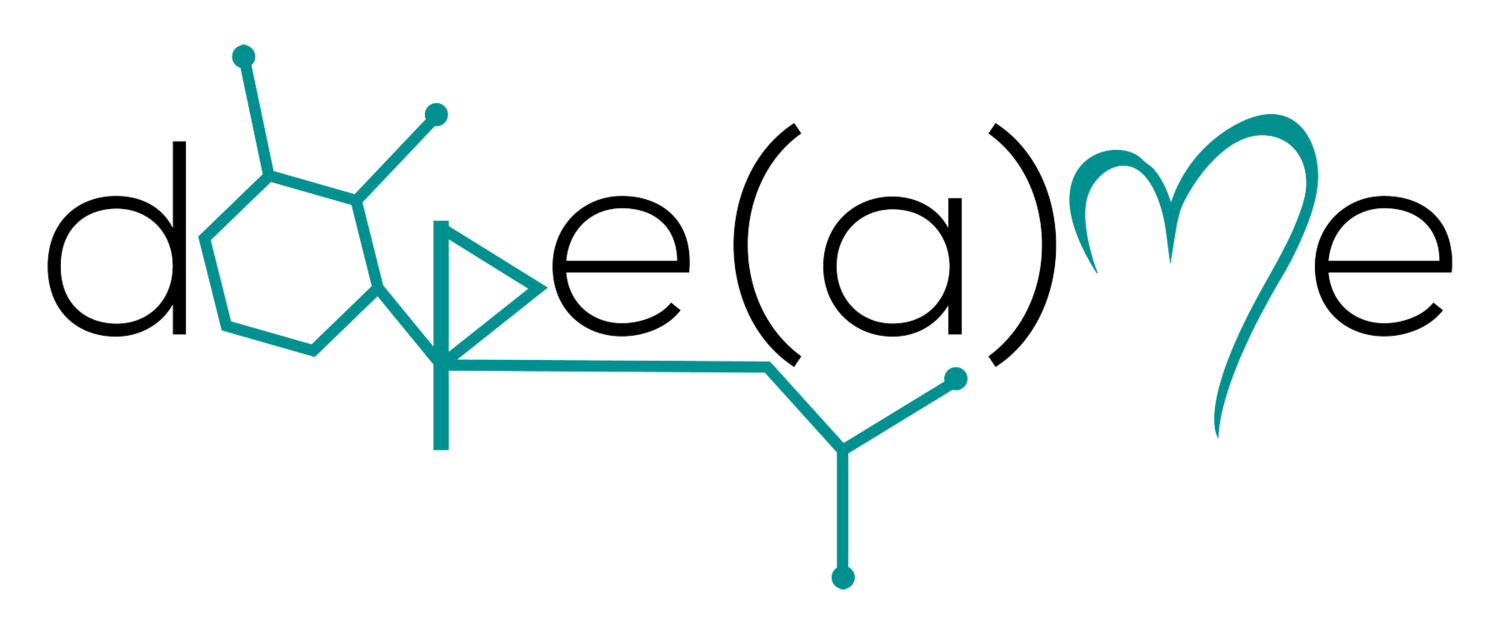Breath and Rhythm
Your brainstem houses an important system (The Reticular Activating System, or RAS) that receives and organizes all sensory data in priority and relevance to survival (based on belief, experience, current state and neuroception) and sends the salient information to the Thalamus (which acts like the mailroom or lead switchboard of the brain). The RAS is like a net that catches all stimuli and filters our what is salient to then direct that further into the brain for processing.
It's like a bloom of stimuli congregating at and through the brainstem, feeding information to various parts of the brain blooming in intervals at a speed of 20 to 80x per second (20-80Hz). An internal metronome that speeds up or slows down in an attempt to match the internal environment with the external environment. Generally speaking, the quicker the metronome, the more consuming (or loud) the sense of self becomes.
Also within the RAS, is the Respiratory Central Pattern Generator, the area that controls the unmanipulated natural breath; i.e. how you breathe when you are not paying attention to your breath or when you watch your breath without interfering. Depending on how fast the bloom of information is pulsing through the RAS, the rhythm of our breath will be impacted, speeding up or slowing down depending on the internal metronome's pace. While your present moment natural breath is a tangible source for knowing your current Nervous System state, it's also the entry point to consciously go inward and regulate what needs healing and reframing.
What does this mean?
Your current state, "sense of self," the sensory data your brain is paying attention to, what you are aware of and what you make it all mean, is directly linked to this internal metronome that can be accessed by slowing down the breath and gifting your brain slow, calm and consistent space to receive, reorganize and reappraise in mindfulness.
"The respiratory center located in the brain continuously monitors blood pH, carbon dioxide, and to a lesser extent oxygen. When the level of carbon dioxide in the blood increases above programmed levels, the respiratory center transmits impulses that tell the respiratory muscles to breathe in order to remove the excess gas. When we breathe too much over a period of hours to days, as is the case of chronic stress, the respiratory center adjusts to a lower tolerance of carbon dioxide. Having a lower than normal tolerance to carbon dioxide results in the respiratory center increasing the rate of impulses to the respiratory muscles. The result is habitual overbreathing and excess breathlessness during physical exercise." - Patrick McKeown
Why is this important?
Knowing the relationships between these areas of the brain and the rhythm of your breath illuminates the correlation between HOW your are breathing and your current perception and experience of self, others and the world. As well, we can see that our breath patterns can get stuck when what we need and want is a flexible breath that appropriately matches the current needs of the body.
Your Psychology is in your Physiology
The Insula is a key limbic structure that interacts with the heart, pericardium, diaphragm, etc., and receives information on an emotional and affective level. This informs your heart about your emotional state. If the RAS is saying "this is what you should pay attention to," the limbic system is saying "this is how your should feel about it." (Michael Hamm, neurofascial approach)
The Insula plays an important function in the re-representation or reinterpretation of interoceptive signals, which we can access when we learn to cultivate more space for feeling rather than the quick assumptions or actions that are reactions from past experience. To change a belief, we must first change our perception of self. And to change our perception, we must explore the space of feeling unconditionally, or as I like to say "don't just do something, feel something."
In simple terms, when we notice an urge for action or a story/belief, rather than charging forward, instead we want to practice slowing down and tracking sensation as we slow down the rhythm of the breath.
As Stephen Porges, father of Polyvagal Theory, says, “Story follows state.” If you feel disconnected from yourself or others, or caught in cycles or hysterical patterns, it's possible your internal environment is responding inappropriately to external stimuli. In other words, the Nervous System is "trying" to take perceptions of the outside world (exteroception) and merge those with the perceptions of the inside world (interoception) and link them so we can operate in our environment appropriately (proprioception). When things are out of sync, you can take action by “holding the hand of your breath” and guiding your system to settle and access calm so that you can be with what is arising rather than being “taken over” or overwhelmed or avoiding it all together.
The act of conscious breathing with a coherent (5 or 6 seconds inhale and exhale) and functional rhythm is what revives a sense of synchrony in the RAS and supports harmony in the brain. Harmony in the brain results in more space and energy for growth, awareness, practice, course-correction, patience, compassion, and upgrading beliefs and perspectives. It's like shifting from trying to balance and pay attention to various chaotic waves to a state where all waves move together harmoniously. Even quick breathing, when engaged in consciously and therapeutically (Conscious Connected Breathing, for example), when done for short periods of time, can act like medicine as bouts of acute stress increase our immune strength and when we complete the cycle by regulating and coming back to calm connection, we increase our resiliency and expand our window of tolerance.
Want more?
Watch this 36 minute clip from a workshop on Optimal Breathing and the Rhythm of the Nervous System from Inspired Yoga Institute’s virtual day retreat.
Join me for an 8 month program to master the practice of Yoga Nidra, optimize your breath and befriend your nervous system.

